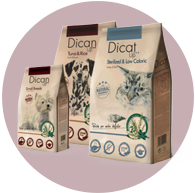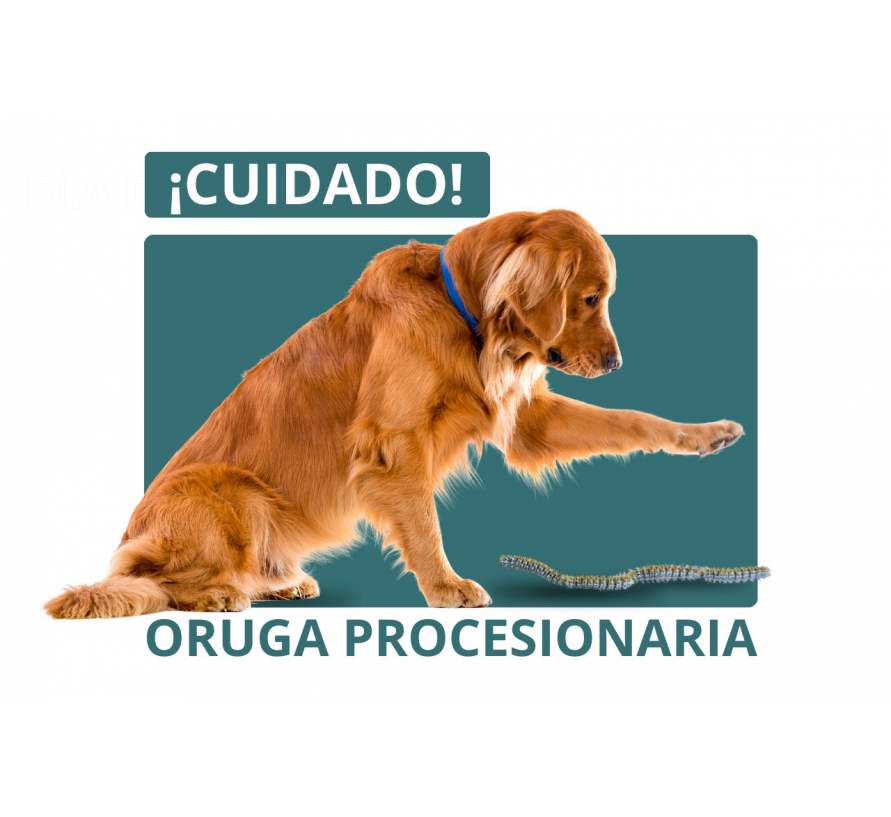
If we have green areas near the house, we may be in danger!
What is the processionary oruga?
The pine processionary is a species of butterfly, which belongs to the family of the notodontists.The really dangerous is not the poll, but the oruga.It is covered by up to 600,000 whitened urticating hair, which are the ones that cause the unpleasant allergic reactions.These hair have poues that contain the toxin Thaumatopine, which is responsible for the irritating effect in case of contact.If it feels assaulted, the procession worm can shoot these hair and the wind can drag them at a distance of up to 200 meters.Therefore, contact should be avoided even when the pins have already abandoned the nodes that are in the pins.Nids are like white pockets in the pins.Therefore, before entering a forest area, we recommend looking if the trees have these nodes to avoid it and take another way.
With the rise of temperatures the worms fall to the ground and can be deadly for our pets.
As we have commented above, your hair contains a poison that can produce urticaria.They release them to the air as a defense act and if our pet smells them it can be something very dangerous.In addition, the contact of the processionary with the skin of our dog can have a urticant-toxic effect and cause a very severe dermatitis.
It is very important to be alert in the walks and check the skin of our dog to check that he has not been in contact.
What do I do if my dog is in contact with a procession orga?
The main contact zone is the hocico, as they go oiling through the street when giving the walks.The first symptoms will be nervousness and itching in the hole, trying to touch continuously with the legs.Deglution and hypersalivation.Then dermatitis appears, which can result in ulcers and even necrosis.
Therefore, the importance of seeing the symptoms as soon as possible to take it to the veterinarian and start with treatment as soon as possible.Intravenous or intramuscular rapid action corticoids for the mildest cases.
So very careful please!
The Tips:
- Before entering a forest area see if there are nids in the trees
- If we enter, try not to release our pet to throw if we see that there is a hole on the ground
- Check your cloth when you get home
- Take it immediately to the veterinarian if you see any of the symptoms.







 Animal nutrition specialists
Animal nutrition specialists












